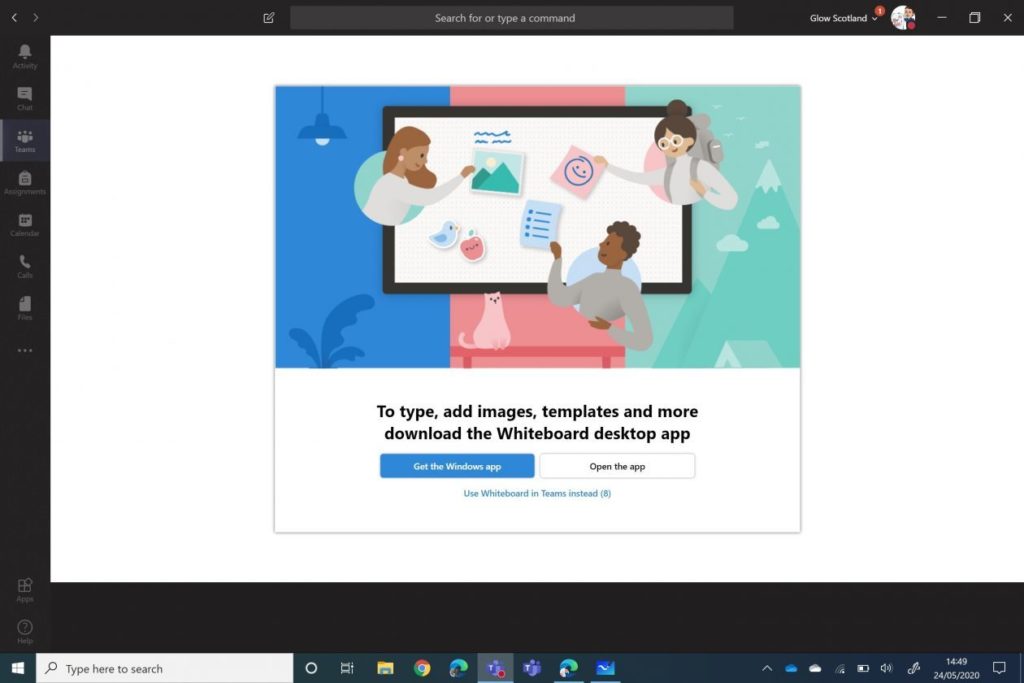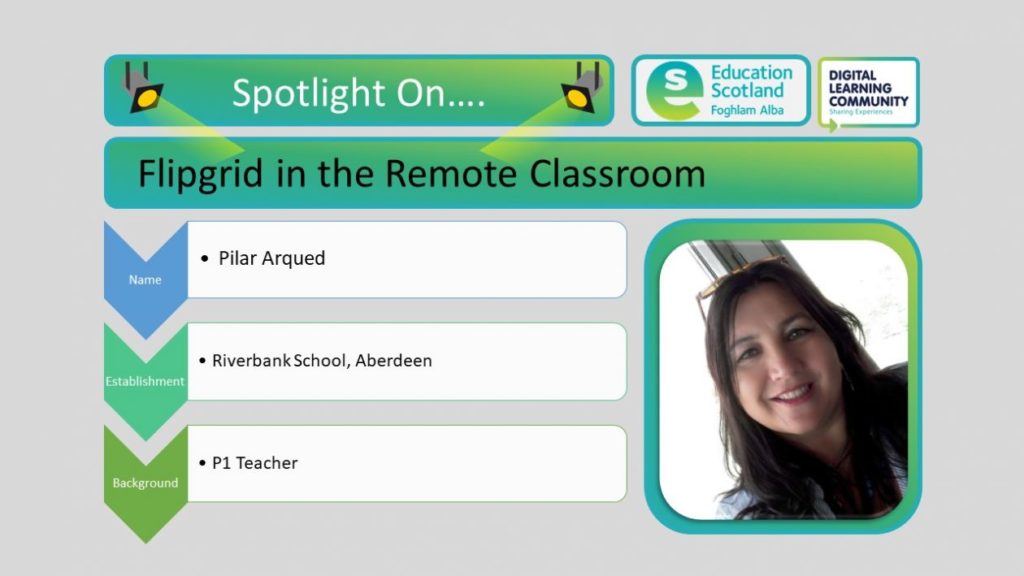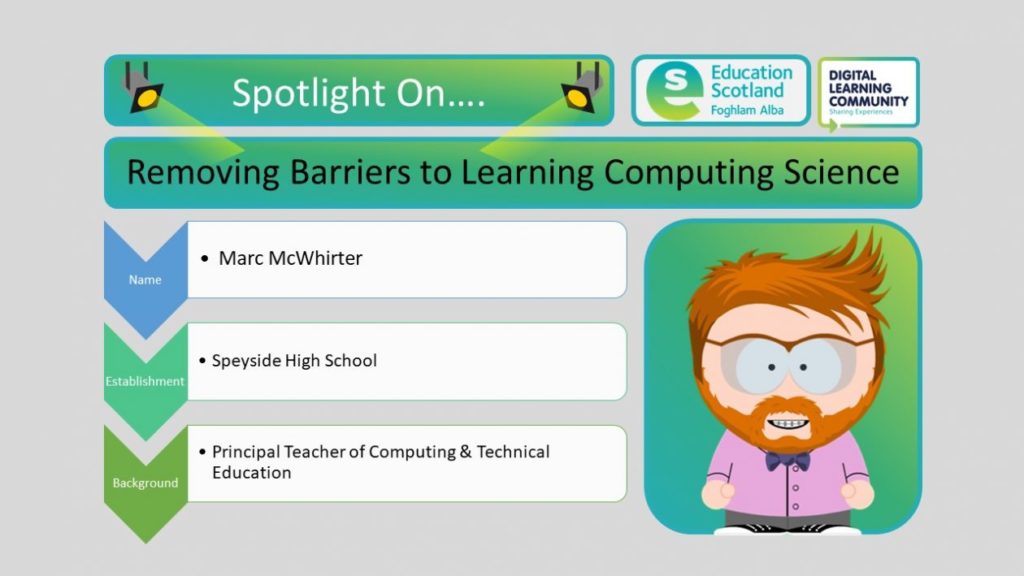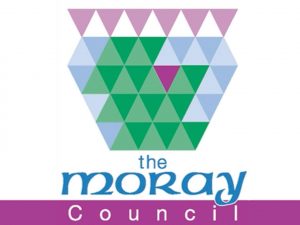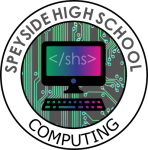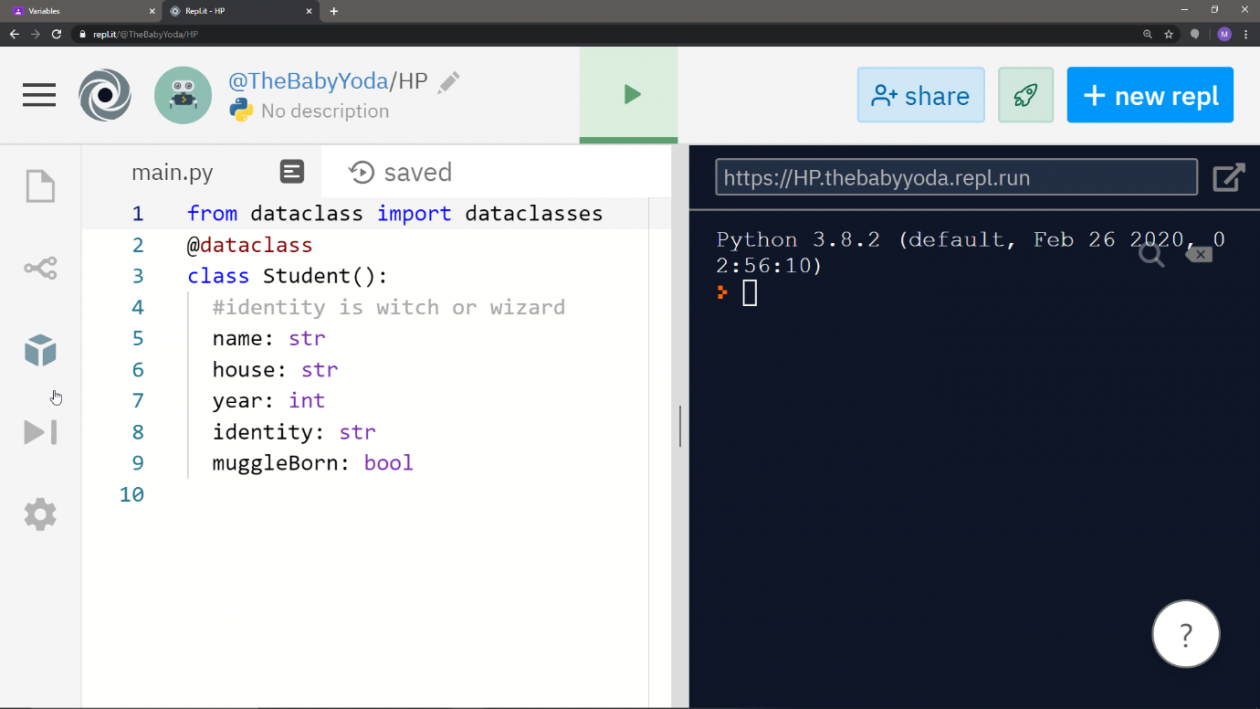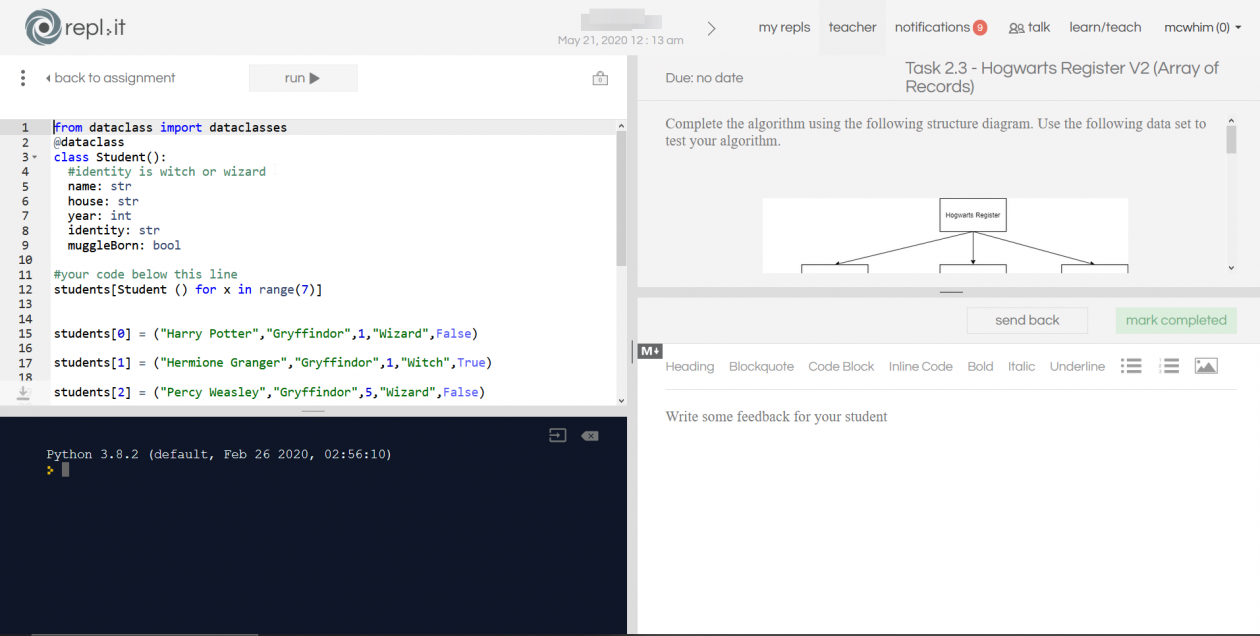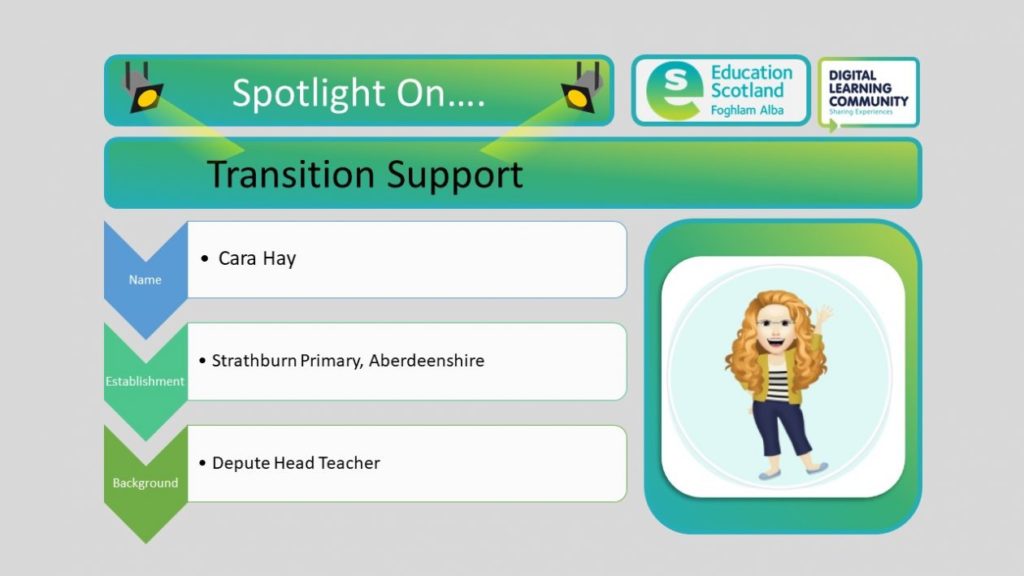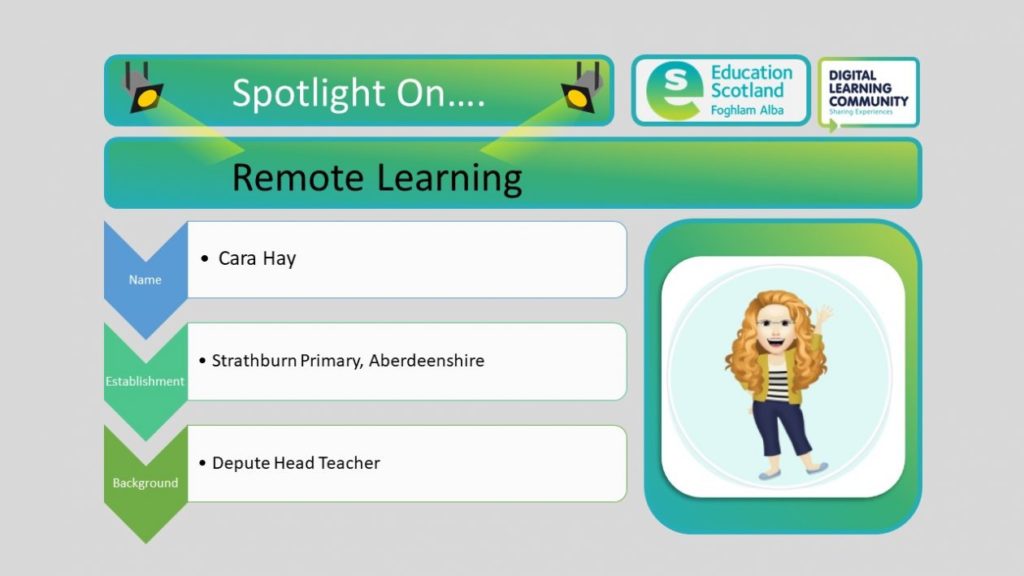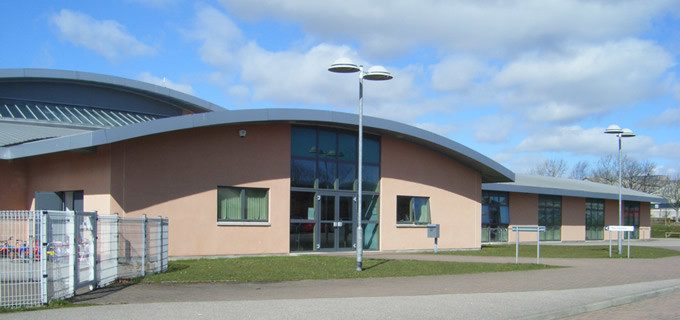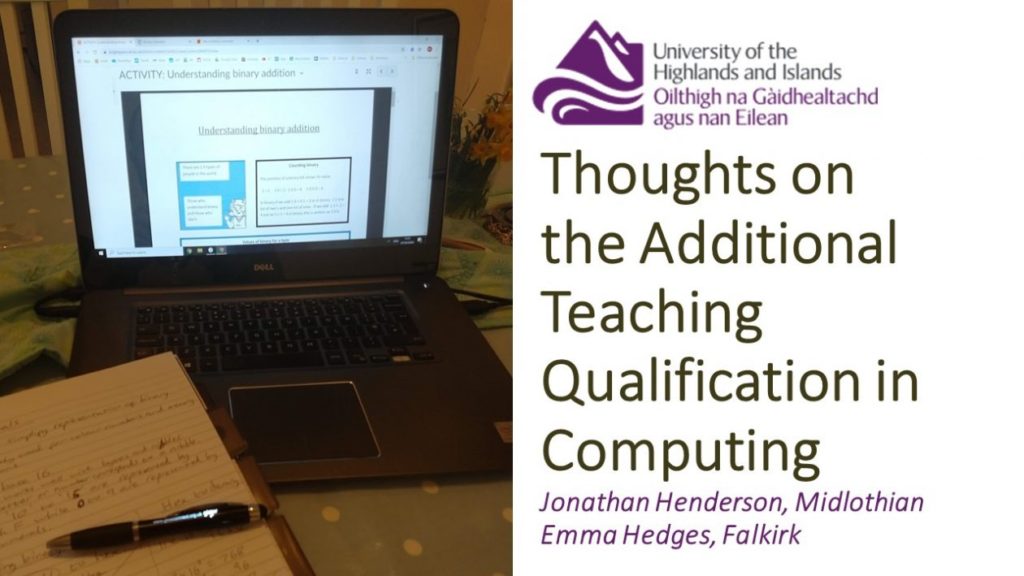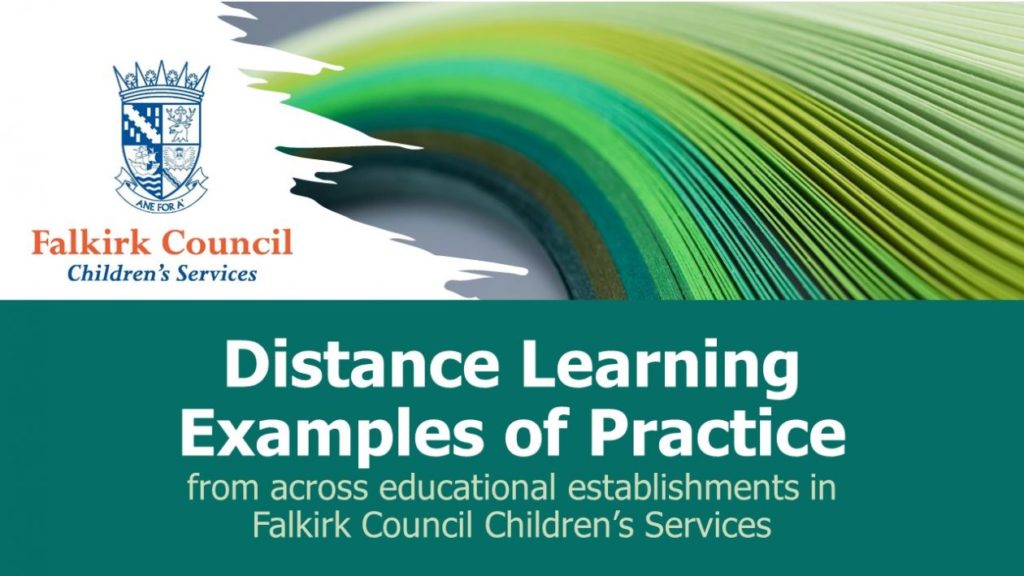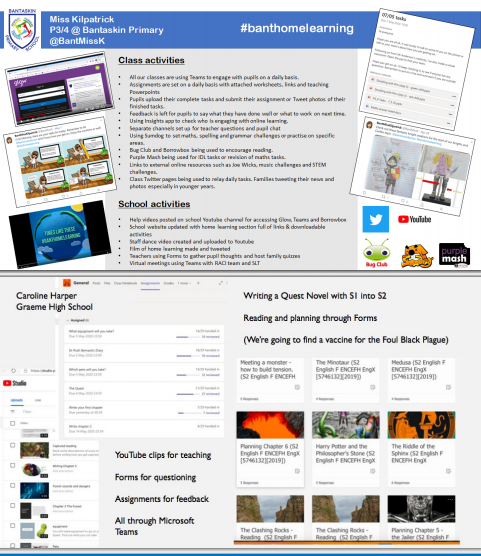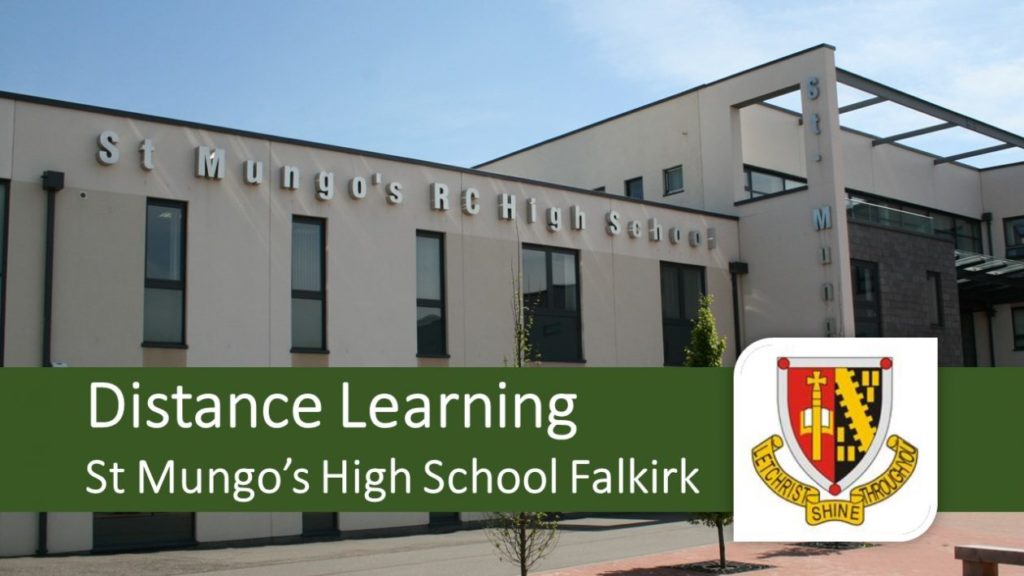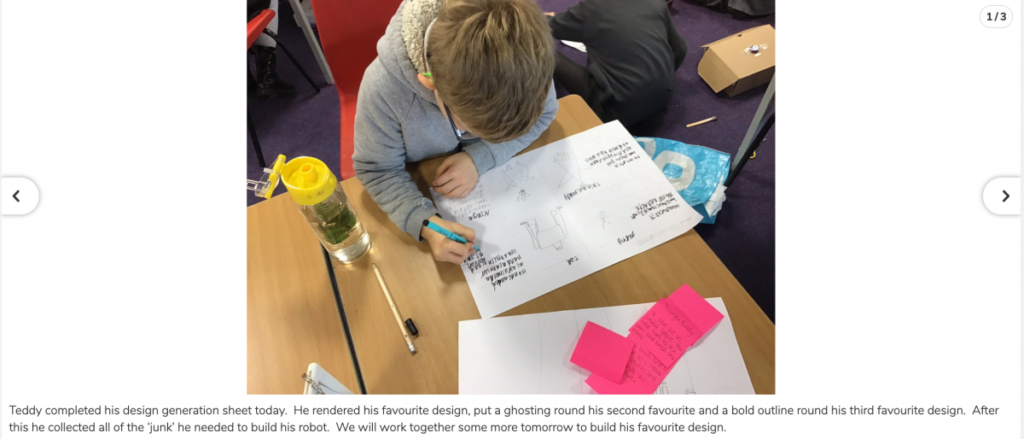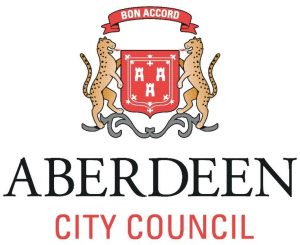 FLIPGRID IN THE REMOTE CLASSROOM
FLIPGRID IN THE REMOTE CLASSROOM
Flipgrid, a video discussion platform, is used for different purposes in the remote classroom. Among them, to mention a few that we use in P1 at Riverbank school, are the following:
● As an engagement tool. In my P1 class in Aberdeen with 17 pupils, we have started using Flipgrid in Google Classroom, in today’s literacy assignment, children were to show their favourite book and tell us why. They show up, talk about their book and express their emotions. They improve their oratory skills, the possibility of adding stickers, backgrounds and other aesthetic enhancers is also an attractive feature to them.
● As a prompt: in Registration I upload directly from Flipgrid to Google Classroom as a short video (called shorts in Flipgrid) which is used as a conversation starter and mind engaging with the learners. Next week they will be having again prompts during registration: Things that they have learnt during confinement, even and odd numbers, using the connective “but”, using the connective “and”, something I did was it a subtraction or an addition, can you represent it graphically? They watch the video and they can choose to answer with a video back or in writing.
● As an assessment tool: Another Flipgrid they had last week The instructions were to tell us about their favourite book, mention the title and the author and tell us the function of an illustrator. The two key resources which support teachers to plan learning, teaching and assessment are experiences and outcomes and benchmarks. With this Flipgrid activity, the children should be exposed to, recognise. Describe, and make use of:
○ Recognize book words: cover, author, illustrator, theme, title etc
○ Share likes and dislikes
○ Enjoy choosing stories
Finally, let me tell you that for language teachers it is a great tool as well. It allows for fantastic feedback on pronunciation. But not only that, it can be used for presentations, acting, interpersonal communication, making connections, language and cultural comparisons. It is the perfect space for the students to practise their speaking skills and share their thoughts. The teacher can set goals and reflect on progress. Moreover, the teacher can use language to develop critical thinking, investigate, explain, and reflect. Flipgrid allows for the 4 Cs of education in the 21st century to be developed and encouraged in the activities you set. It enriches the learning experience greatly.
Flipgrid has got many other uses and functions. I would be very interested in hearing your experience with this tool.
Pilar Arqued
gw18arquedpilar@glow.sch.uk
@pilararqued
